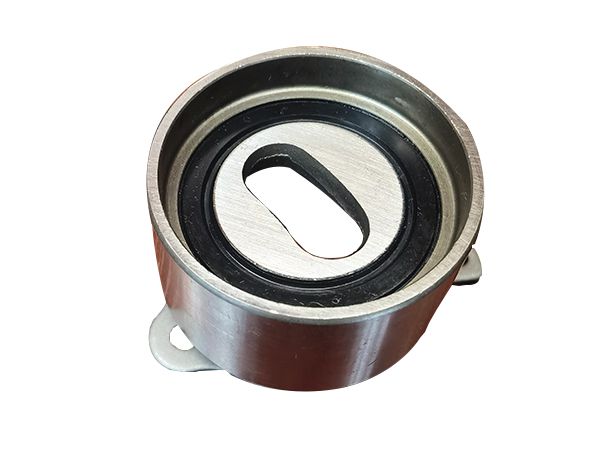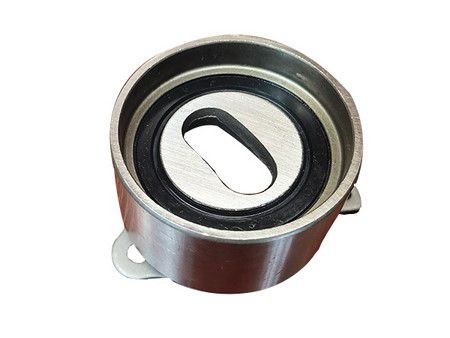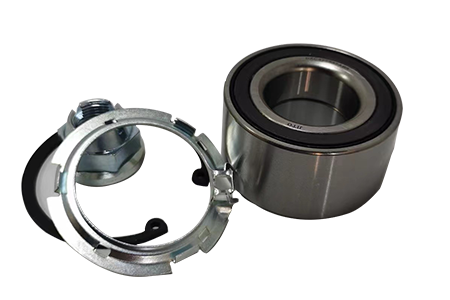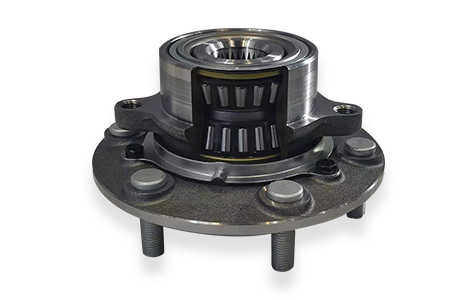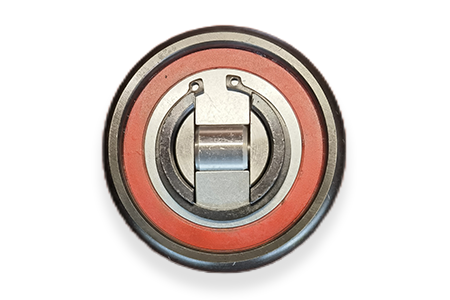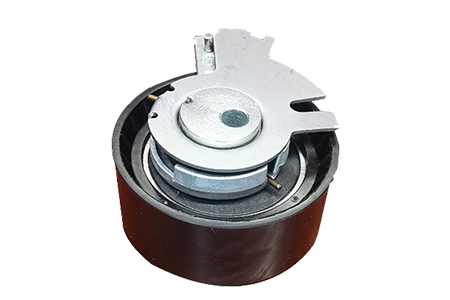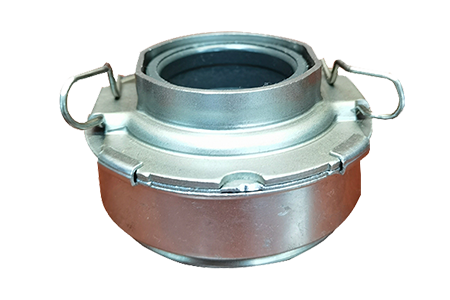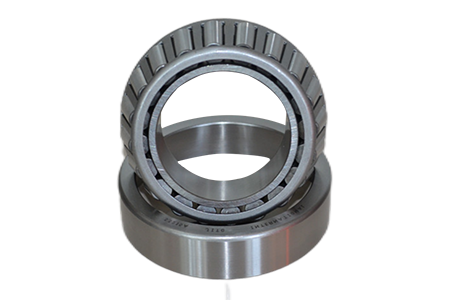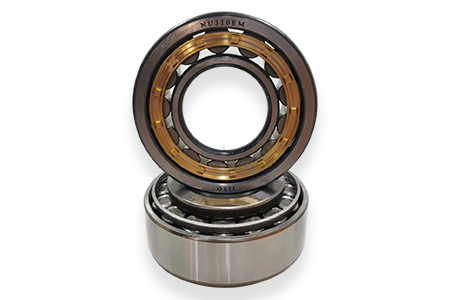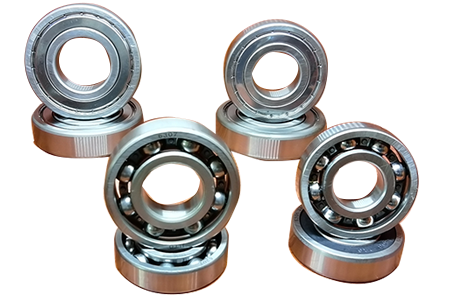Tensioner Bearings
The tensioner bearing is mainly composed of a fixed housing, a tensioning arm, a pulley body, a torsion spring, a rolling bearing, and a spring bushing. It can automatically adjust the tensioning force according to the tightness of the belt, ensuring the stability, safety, and reliability of the transmission system.
The tensioner pulley is a vulnerable component of automotive accessories. Over time, the belt is prone to wear. When the belt groove wears deep and narrow, it appears to elongate. The tensioner pulley can automatically adjust the tensioning force based on the wear level of the belt, using a hydraulic unit or damping spring. Additionally, with the tensioner pulley, the belt runs smoother, quieter, and helps prevent slipping.

How to prevent bearing corrosion?
Bearings should not be exposed to water for extended periods, as this can lead to rust and corrosion. It can also cause premature bearing failure, affecting machine performance and productivity. Additionally, gloves should be worn when handling bearings, as sweat can also cause rust and corrosion.
Load ratings seem to vary from manufacturer to manufacturer, is there a single method that can be used to compare like styles of bearings?
Load ratings may vary between different manufacturers, but there isn't necessarily a true difference; it's just that different methods are used to calculate the load ratings. Some manufacturers use ABMA standards, some use ANSI standards, and some use equivalent dynamic load calculations. Generally, if the internal design is the same, the load ratings will be equivalent.
What is corrosion-resistant bearing?
Corrosion-resistant bearings can be used in applications where corrosive materials are present and standard bearings cannot meet the requirements, such as food processing, chemical manufacturing, pharmaceutical production, and marine applications.

